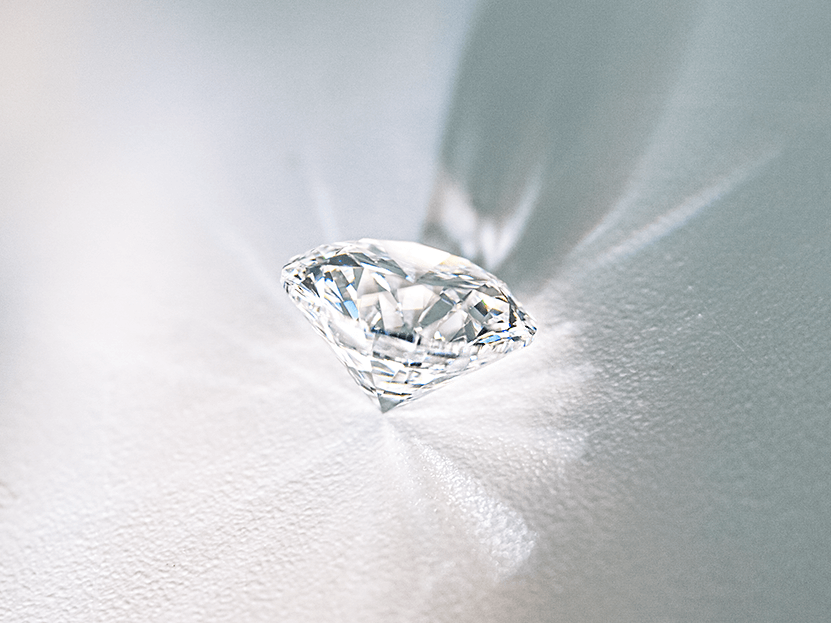Lab-grown diamonds have emerged as one of the most revolutionary advancements in the jewelry industry, but their impact extends far beyond aesthetics. These gems are sparking conversations about sustainability, ethical sourcing, and cultural shifts in how we perceive luxury. Are lab-grown diamonds truly as beautiful and durable as their natural counterparts? How do different cultures view these synthetic stones? And what does this mean for the future of the diamond industry? Let’s dive into the world of lab-grown diamonds and explore their cultural significance.
Table of Contents
The Rise of Lab-Grown Diamonds
Cultures and lab grown diamonds, also known as synthetic or cultured diamonds, are created in controlled environments using advanced technology that replicates the high-pressure, high-temperature conditions under which natural diamonds form. The result is a diamond with the same chemical composition, hardness, and brilliance as one extracted from the earth.
The appeal of lab-grown diamonds is clear: they offer a more sustainable and ethical alternative to traditional diamonds. Unlike natural diamonds, which often involve environmentally destructive mining practices and questionable labor conditions, lab-grown diamonds can be produced with a significantly lower carbon footprint and without human rights abuses. This shift toward ethical sourcing has gained traction in cultures where social responsibility and environmental consciousness are highly valued.
Cultural Perspectives on Lab-Grown Diamonds
Different cultures have varying attitudes toward lab-grown diamonds. In some Western societies, these synthetic stones are embraced as a modern and progressive choice. They align with the values of a generation increasingly concerned about sustainability and ethical consumption. Millennials and Gen Z, in particular, are driving the demand for lab-grown diamonds, seeing them as a way to make a positive impact through their purchasing decisions.
However, in cultures where tradition and heritage play a significant role, lab-grown diamonds can face resistance. The allure of natural diamonds often lies in their history and the belief that each stone carries a unique story. In these cultures, lab-grown diamonds may be viewed as lacking the emotional and sentimental value of natural stones, leading to hesitation among consumers.
Changing the Narrative with Lab-Grown Diamonds
Despite the differing cultural views lab diamonds, there’s a growing effort to reshape the narrative around lab-grown diamonds. Jewelers and industry leaders are emphasizing that lab-grown diamonds are not “fake” or “imitation.” Instead, they are genuine diamonds with the same physical properties as natural ones. This rebranding effort includes education on the science behind lab-grown diamonds and their benefits, such as affordability and customization options.
Incorporating lab-grown diamonds into culturally significant jewelry pieces can help bridge the gap between tradition and modernity. For example, some designers are creating custom-made pieces that combine lab-grown diamonds with traditional elements, appealing to a broader audience. By blending innovation with cultural heritage, lab-grown diamonds are gaining acceptance in previously skeptical markets.
The Environmental and Ethical Impact
One of the most compelling arguments for lab-grown diamonds is their environmental and ethical impact. Traditional diamond mining is notorious for its ecological footprint, with large-scale land disruption, deforestation, and water pollution. Additionally, the industry has a history of human rights abuses, including forced labor and funding of conflict zones.
Lab-grown diamonds, on the other hand, offer a cleaner alternative. They require fewer natural resources, produce less waste, and eliminate the need for exploitative labor practices. This shift toward sustainability is resonating with consumers who want to make ethical choices without compromising on quality or beauty.
The Future of Diamonds: Natural vs. Lab-Grown
As the diamond industry continues to evolve, the debate between natural and lab-grown diamonds persists. Both options have their merits, and the choice ultimately comes down to personal preference and values. Natural diamonds may appeal to those who appreciate their geological history and rarity, while lab-grown diamonds attract consumers seeking sustainability and affordability.
However, the growing acceptance of lab-grown diamonds indicates a broader cultural shift. The concept of luxury is changing, with more people prioritizing ethics and sustainability over traditional notions of prestige. This evolution suggests that lab-grown diamonds will play an increasingly significant role in the jewelry industry, challenging long-standing conventions.
Conclusion: Embracing the Sparkling Future
The journey of lab-grown diamonds from curiosity to mainstream acceptance reflects a changing cultural landscape. These synthetic gems offer a unique opportunity to redefine luxury and make a positive impact on the world. As more people embrace the idea of lab-grown diamonds, we can expect to see further innovation and creativity in the jewelry industry.
So, are lab-grown diamonds the future of luxury? The answer may depend on your perspective, but one thing is clear: they have already begun to shine brightly in the eyes of many. Whether you’re drawn to them for their sustainability, ethical sourcing, or sheer beauty, lab-grown diamonds are here to stay. What remains to be seen is how they will continue to shape and be shaped by the cultures that embrace them.

